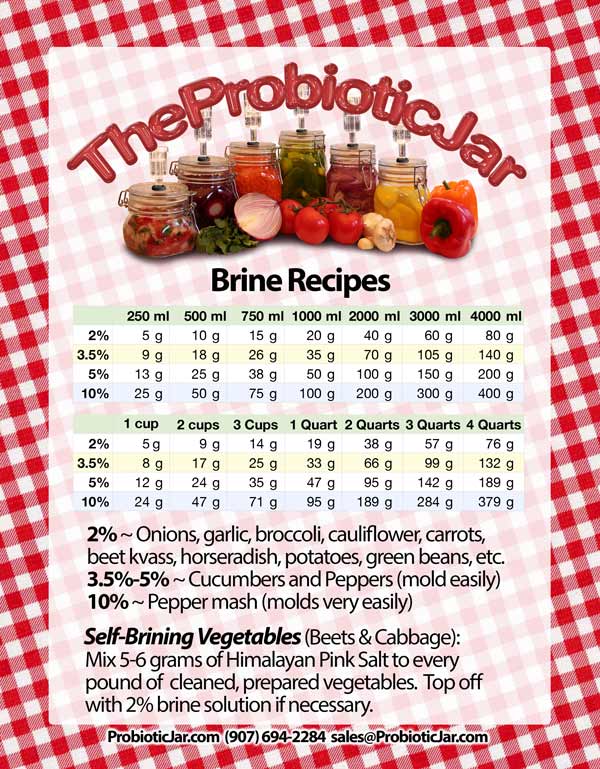Popping My Cherry!
Starting my first fermentation with the goal of making and bottling some hot sauce.
Ready, Set, Go!
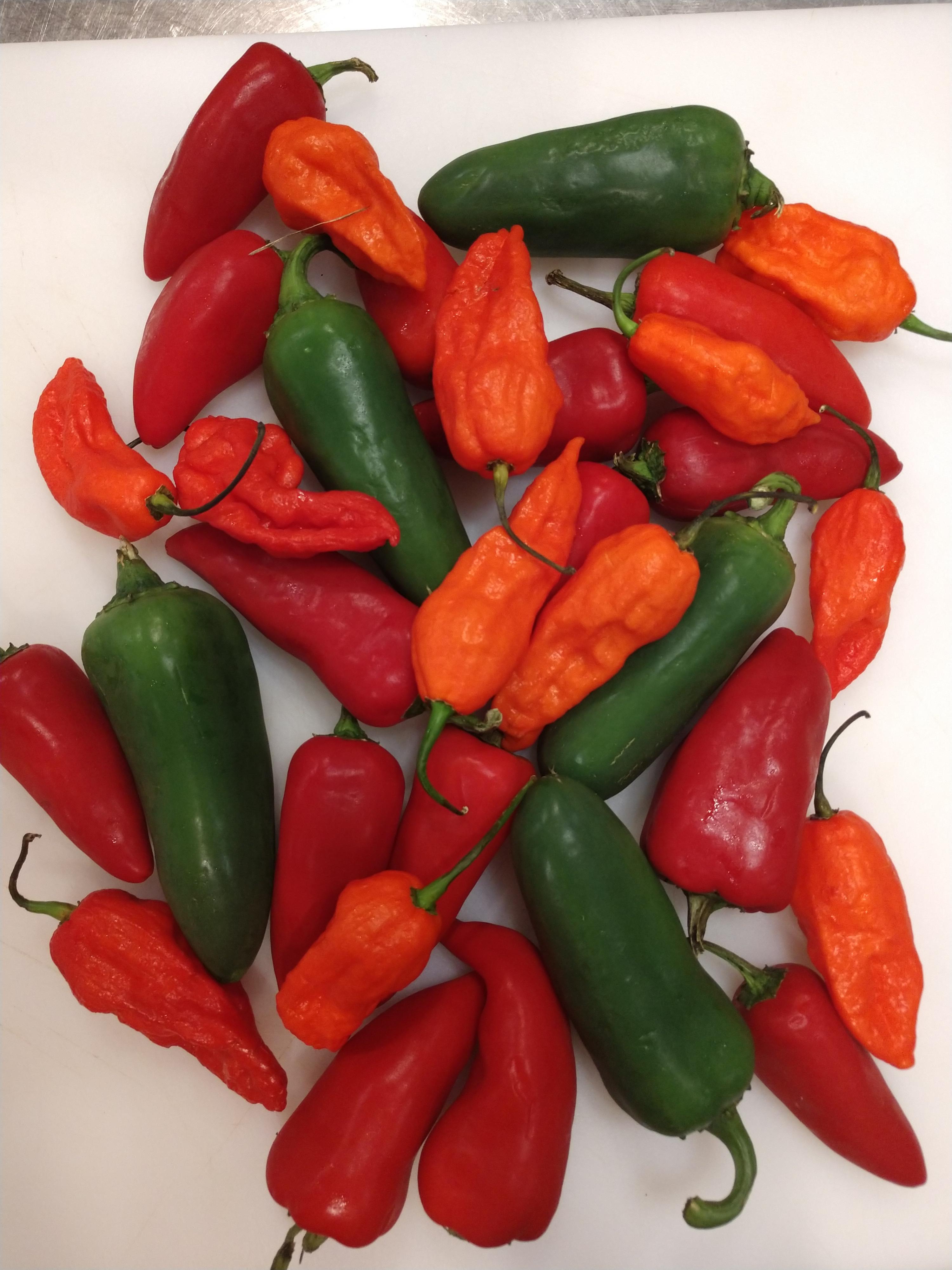
Ghosts, Fresno and Jalapeno chiles combined with Bell peppers, White onion and Garlic.
12 Ghost
14 Fresno
5 Jalapeno
Yield about four (4) cups.
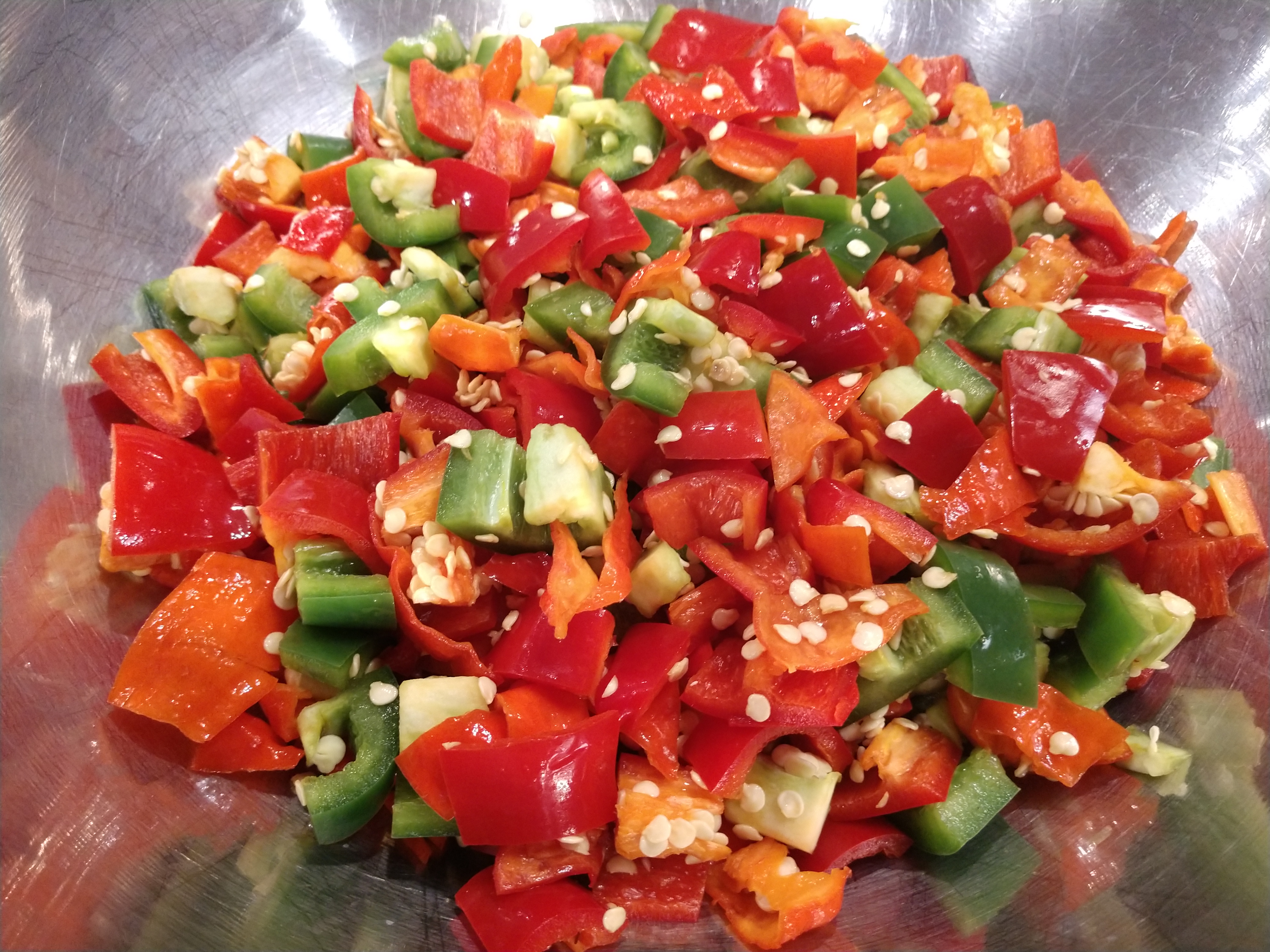
3 Bell peppers - three (3) cups
1 White onion - two (2) cups
Garlic - half (1/2) cup
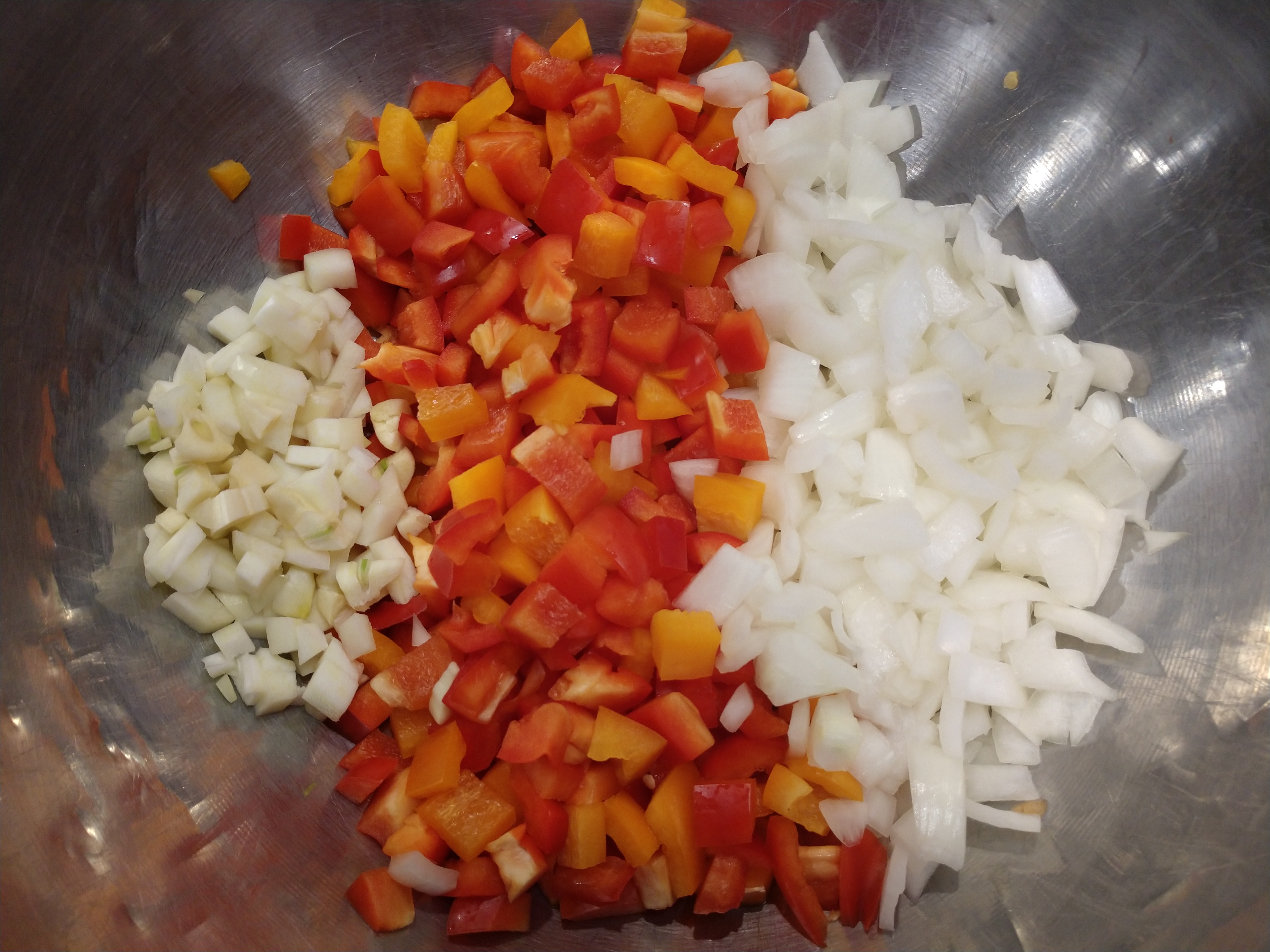
Distilled water and pure sea salt combined for a 3.5% brine solution.
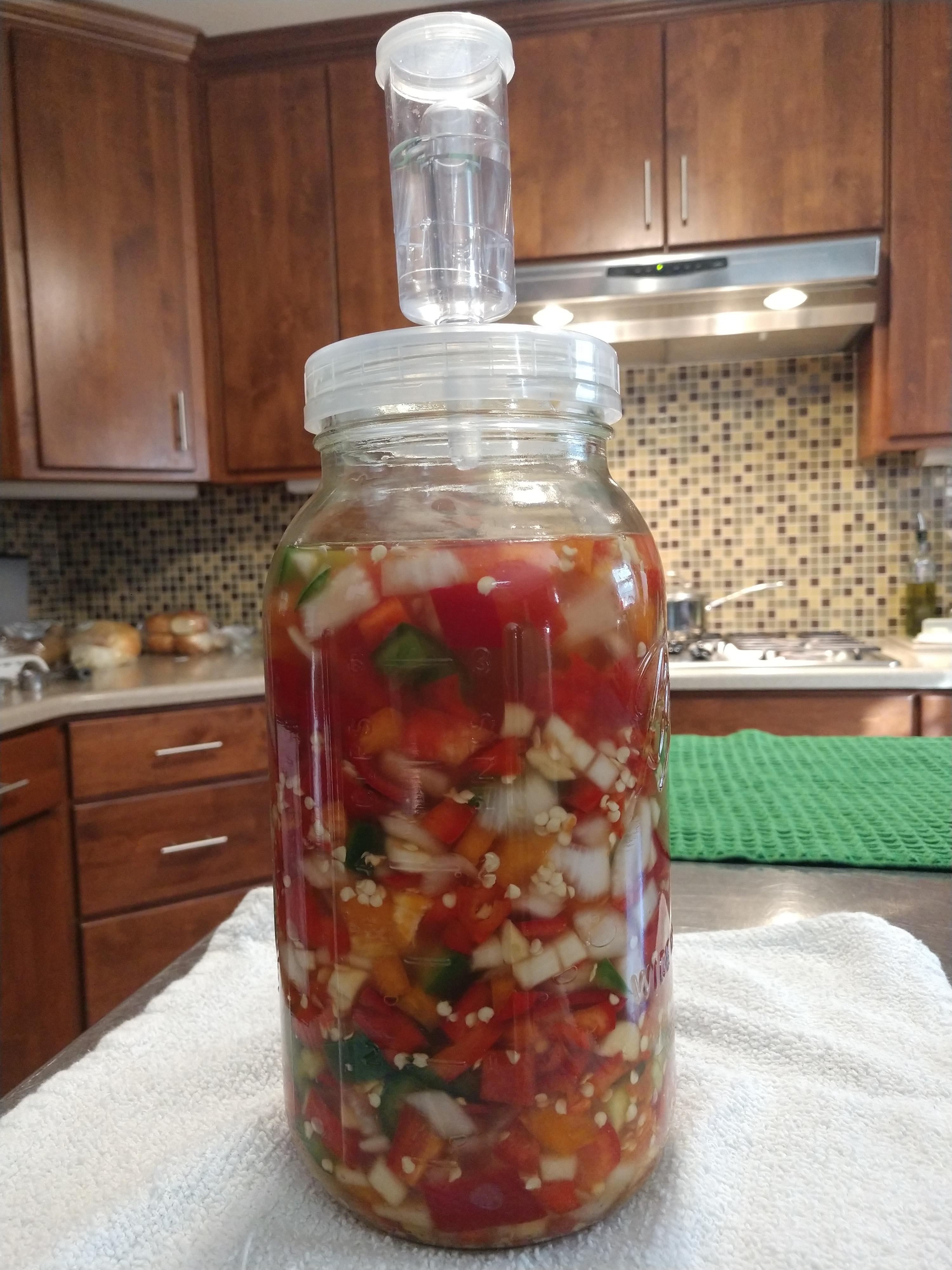
Now I find a warm, dark spot for it to do it's thing for about the next 3-4 months.
Pray that it goes well with no yeast, mold or rot.
Hoping for the nice bubble, bubble, bubble of CO2 being generated by the process.
Wish me luck.
Okay people, hit me with anything ya got, good, bad, constructive or not.
Bring them suggestions and recommendations.
I've already had people elsewhere say to add vinegar and/or lime juice, no reasoning given.
Starting my first fermentation with the goal of making and bottling some hot sauce.
Ready, Set, Go!

Ghosts, Fresno and Jalapeno chiles combined with Bell peppers, White onion and Garlic.
12 Ghost
14 Fresno
5 Jalapeno
Yield about four (4) cups.

3 Bell peppers - three (3) cups
1 White onion - two (2) cups
Garlic - half (1/2) cup

Distilled water and pure sea salt combined for a 3.5% brine solution.

Now I find a warm, dark spot for it to do it's thing for about the next 3-4 months.
Pray that it goes well with no yeast, mold or rot.
Hoping for the nice bubble, bubble, bubble of CO2 being generated by the process.
Wish me luck.
Okay people, hit me with anything ya got, good, bad, constructive or not.
Bring them suggestions and recommendations.
I've already had people elsewhere say to add vinegar and/or lime juice, no reasoning given.

